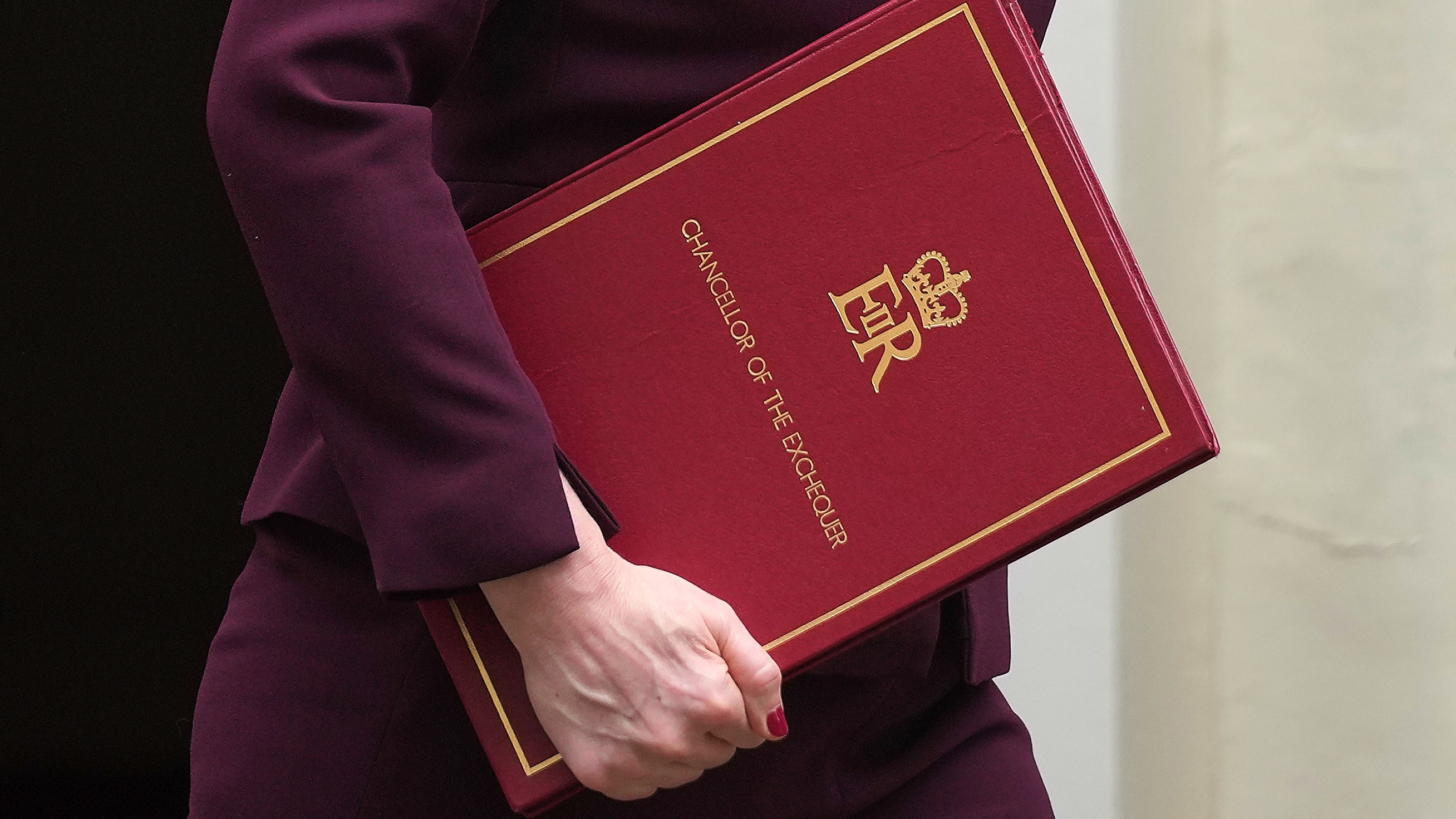
A fund supermarket, or platform, is a company that gives you access to thousands of funds and shares in which to invest. These websites have become increasingly popular with investors looking to take charge of their portfolios in a relatively low-cost way. But with so many providers out there, choosing the right one can be a daunting task.
Which fund supermarket is the best one for you depends on how much money you have to invest, how frequently you trade, and whether you prefer to pay a flat fee or percentage charge.
As well as that, investors should consider factors such as the ease of use of the provider’s website or app and its customer service. You also need to check the range of investments on offer to ensure you will be able to access the funds, trusts and shares you want.
£5,000 or Less to Invest?
Number-crunching by consultancy the Lang Cat looks at the annual costs of investing in an Isa through different platforms, for a person putting their money in funds and conducting four fund trades a year.
For investors with a pot of £5,000, Cavendish Online and Close Brothers are the cheapest options, with annual charges amounting to just £13. Both charge a percentage fee of 0.25% of the amount you invest. Charles Stanley Direct and Santander both charge slightly more at £18 a year and AJ Bell Youinvest £19.
Interactive investor uses a flat rate of charging rather than a percentage based fee structure, which makes it an expensive option for those with smaller pots – it costs £120 a year, the equivalent of 2.4% compared with Cavendish’s 0.25%. The Share Centre is also in the red zone of the table with annual charges of £90.

Growing Wealth
For those with slightly more money set aside, the cheapest options start to change. Bestinvest, for example, costs just £20 a year for those with £5,000 but is one of the more expensive options for those with £25,000 invested at £100 a year.
iWeb isn’t a cheap option for those with £5,000 but its flat fee of £45 a year starts to look incredibly cheap for investors with more money. It’s equivalent to an annual charge of 0.18% on a £25,000 pot and just 0.05% for those with £100,000. It is worth pointing out, however, that iWeb’s website is a bit on the basic side so it may not be a top choice for investors wanting for a slick look.
Barclays’ annual fee of 0.25% is equivalent to £62 a year for those with a £25,000 investment pot, and Cavendish Online and Halifax Share Dealing both charge £63.
At the £50,000 mark, The Share Centre moves into green territory in the table for the first time. It charges £5 a month and £7.50 per trade for trades worth £750 or less (1% for larger trades), equivalent to £90 a year in our example. It remains among the cheapest options for those with larger pots, too.
Options for Bigger Pots
Aviva, Hargreaves Lansdown, Charles Stanley and Bestinvest start to look expensive for those with larger sums to invest. While each reduces its percentage charge slightly for those with more money in their investment accounts, they still find themselves in the red.
Hargreaves Lansdown’s 0.45% annual charge costs the equivalent of £450 a year on a £100,000 investment pot and £1,125 for those with £250,000. Aviva charges amount to £375 and £900 respectively on these accounts, and Bestinvest £400 and £1,000.
Indeed, those with greater amounts to invest would do better to choose a platform with a flat fee structure. While interactive investor is an expensive option for those with £5,000 to invest, its annual charge of £120 is equivalent to just 0.12% for those with £100,000 to invest. Another flat fee provider is The Share Centre, where annual charges are £120 for those with £100,000 or more to invest.

Other Considerations
Of course, price isn’t everything. Investors need to consider what they want from their fund supermarket: some provide helpful research and regular customer communications while others leave you to your own devices. Some websites are incredibly slick and easy-to-use, while others are more basic. Companies such as Hargreaves Lansdown are more expensive than other options but are renowned for excellent customer service.
Investors also should not just consider what is the best option for right now. Once you have chosen a fund supermarket, you may find the idea of moving to a different provider to be too much hassle so you should consider if the platform will still be the best option as your wealth grows.
It is also worth pointing out that most platforms do not charge investors for trading funds but do charge extra for buying and selling shares or investment trusts – so investors planning to use these in their portfolios should check a platform’s trading costs before committing.



























